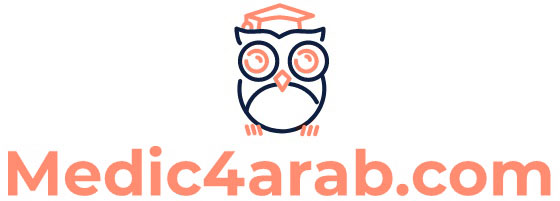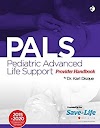Chemistry For Pharmacy Students - General, Organic & Natural Product Chemistry
Table of contents :
Cover Page......Page 1
Title Page......Page 6
ISBN 0470017805......Page 7
Contents (with page links)......Page 10
Preface......Page 12
1.1 Role of chemistry in modern life......Page 16
1.2 Physical properties of drug molecules......Page 18
2.1 Atoms, elements and compounds......Page 32
2.2 Atomic structure: orbitals and electronic configurations......Page 33
2.3 Chemical bonding theories: formation of chemical bonds......Page 36
2.4 Electronegativity and chemical bonding......Page 42
2.5 Bond polarity and intermolecular forces......Page 43
2.6 Significance of chemical bonding in drug–receptor interactions......Page 46
3 Stereochemistry......Page 50
3.2 Isomerism......Page 51
3.3 Significance of stereoisomerism in determining drug action and toxicity......Page 68
3.4 Synthesis of chiral molecules......Page 70
3.5 Separation of stereoisomers: resolution of racemic mixtures......Page 71
3.7 Chiral compounds that do not have a tetrahedral atom with four different groups......Page 72
4 Organic functional groups......Page 74
4.1 Organic functional groups: definition and structural features......Page 75
4.3 Alkanes, cycloalkanes and their derivatives......Page 76
4.4 Alkenes and their derivatives......Page 118
4.5 Alkynes and their derivatives......Page 123
4.6 Aromatic compounds and their derivatives......Page 127
4.7 Heterocyclic compounds and their derivatives......Page 158
4.8 Nucleic acids......Page 185
4.9 Amino acids and peptides......Page 194
4.10 Importance of functional groups in determining drug actions and toxicity......Page 199
4.11 Importance of functional groups in determining stability of drugs......Page 203
5.1 Types of organic reaction......Page 206
5.2 Radical reactions: free radical chain reactions......Page 207
5.3 Addition reactions......Page 212
5.4 Elimination reactions: 1,2-elimination orb-elimination......Page 238
5.5 Substitution reactions......Page 247
5.6 Hydrolysis......Page 275
5.7 Oxidation–reduction reactions......Page 279
5.8 Pericyclic reactions......Page 293
6.1 Introduction to natural product drug discovery process......Page 298
6.2 Alkaloids......Page 303
6.3 Carbohydrates......Page 318
6.4 Glycosides......Page 334
6.5 Terpenoids......Page 346
6.6 Steroids......Page 367
6.7 Phenolics......Page 374
Index......Page 386














